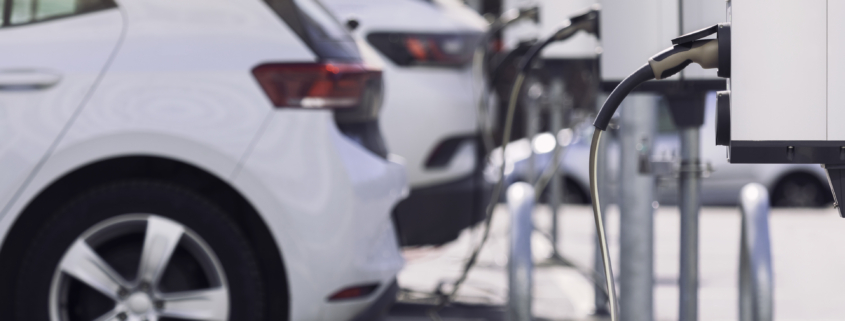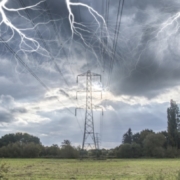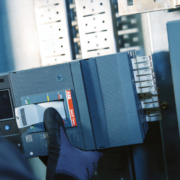Higher EV charger uptime starts with better components
Enhancing EV charger uptime hinges on superior components, confronting reliability issues, and fortifying the charging infrastructure vital for the expanding electric vehicle sector.
The shift to electric vehicles (EVs) requires charging infrastructure that is not only widely available but also consistently reliable. The availability of EV chargers is poised to improve as Tesla and other automakers find ways to share the same network. Nevertheless, EV charging station uptime still poses a significant challenge.
Charger uptime refers to when the EV charger is operational and available. Interruptions in service due to equipment malfunctions, power outages, and other issues can leave EV drivers stranded. This uncertainty can cause “range anxiety,” the worry that an EV might run out of power before reaching a charger.
To understand the magnitude of the challenge, here are a couple of recent data points. A survey featured in Business Insider found that 23% of the EV chargers in California had been reported as broken. A 2023 J.D. Power survey found that the problem is not limited to California. The study found that 20% of all users say they visited a charger but did not charge their vehicle due to long lines or inoperable chargers.
To improve EV charger uptime, address the weak link in your chain
Charge point operators know that chargers are a complicated system involving many individual components, any one of which can create a malfunction. In fact, even when each component works as designed, incompatibilities between components can still arise. Building reliable chargers starts with choosing your components and suppliers wisely. Here are a few things to consider.
Reliability
To deliver a reliable EV charger, you need to start with reliable components. Vendors should perform rigorous testing to confirm the reliability of all components. Ask for more information about product performance and compare it to the performance from other suppliers. Also ask about product life cycle. The longer the part is rated to operate without interruption, the less downtime you’ll need to manage. Finally, examine the design for environmental conditions. As EVs gain traction in areas with greater seasonal changes, you’ll want to ensure components can handle a variety of weather extremes.
Safety
Charger components are not “one size fits all.” In addition to complying with all relevant ANSI/UL standards, all EV charging components and configurations should be fit for purpose. Home charging systems or those designed to deliver a slower charge will be configured differently than those designed for fast charging with a higher load.
In addition, OEMs must remember to include safety components in their configurations, such as products for overcurrent protection, surge protection, ground fault protection, disconnecting means, switching/interrupting devices, control, and monitoring. The combination of the products is crucial to help ensure the protection of users, vehicles, and the charger. These safety features work together to minimize risks and create a safe charging environment for electric vehicles.
Completeness of solution
Buying a complete solution from one vendor is almost always easier than configuring a system, piece by piece. There is also the advantage of all components having been tested together. If something goes wrong, diagnostics are more straightforward. As importantly, with one vendor to call, you can avoid some of the troubleshooting that invariably lengthens time to resolution.
Vendor dependability
However, when components are sourced from a single vendor, OEMs must do their due diligence. How long has the supplier been in the business? Do they offer global availability? Are they backordered on any of the components? What certifications do they hold? All of these are valid questions to ask, especially at a time when supply chain challenges are creating headaches for the entire power industry.
Achieving the EV future
At the moment, the EV uptime conversation tends to revolve around automobiles and light trucks, but that will not always be the case. As the EV market expands, OEMs and component manufacturers must address and improve component reliability to support the widespread transition to a different class of EVs. In the not-too-distant future, we wouldn’t be surprised to see fast chargers capable of powering the entire transportation industry, including ships, trains, and even airplanes. If we can solve the uptime challenge at the automobile level, the sky is the limit for what we can achieve.
See related blog post “Apps build both safety and a path towards digitalization”.
—
Diana Nuccitelli
Market Development Manager
Joe Flaviani
Market Development Manager
Rosa Lopez
Market Development Manager
Matthew Young
Strategic Industry and Portfolio Director












